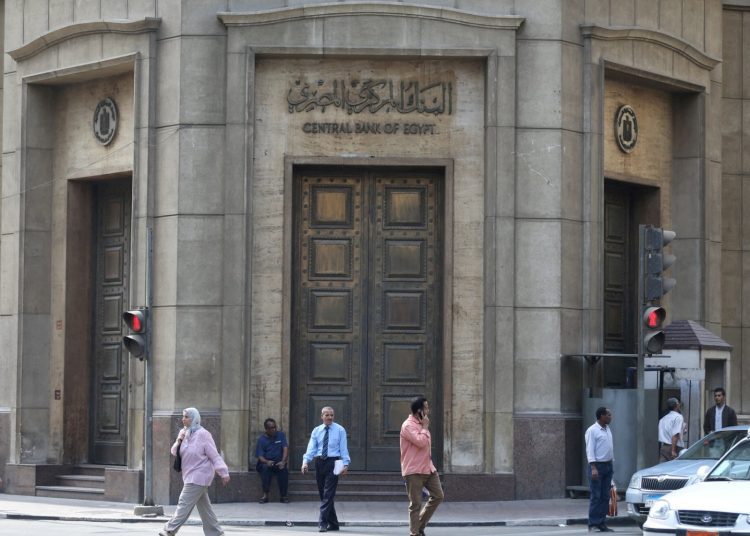A flexible and balanced government policy has helped Egypt’s macroeconomic indicators improve despite global and regional challenges.
According to the World Bank, Egypt’s economy will expand by 4.6% in fiscal year 2025/26 due to increased investment, partially stimulated by a wide-ranging agreement with the United Arab Emirates to develop Ras El-Hekma.
The state budget posted an 11-month primary surplus worth LE822 billion, or 5.87 per cent of gross domestic product (GDP) in fiscal year 2023/24, up from LE116 billion, or 1.15 per cent of GDP in the same period a year earlier, according to data from the Ministry of Finance.
The 11-month budget deficit fell to 3.6 per cent of GDP in fiscal year 2023/24, down from 6.1 per cent a year earlier. Egypt’s fiscal year begins on July 1.
NFAs turn ‘positive’
Egypt’s net foreign assets (NFAs)turned from negative to positive in May for the first time in 26 months. NFAs posted a surplus worth LE458.63 billion ($9.69 billion) in May, up from minus LE36.07 billion ($762 million) in April, according to data from the Central Bank of Egypt (CBE).
The central bank’s NFAs represent the difference between its foreign assets such as loans, investments, and deposits held in foreign currencies and its foreign liabilities, i.e. borrowings and deposits in foreign currencies.
NFAs started to deteriorate in October 2021, then turned into a negative value as of February 2022 with the eruption of the Russian-Ukrainian war.
Following the signing of a $35 billion deal for the development of Ras El-Hekma, Cairo received $10 billion in two tranches in February and March, and $14 billion in April from Abu Dhabi Developmental Holding Company (ADQ).
Egypt and the United Arab Emirates also settled UAE deposits worth $11 billion at the CBE.
The improvement is expected to strengthen investor confidence as these foreign exchange inflows followed key economic reforms made by the government and CBE, which floated the pound on March 6.
CBE’s net international reserves hit an all-time high at $46.126 billion in May, up from $41.057 billion a month earlier.
Back to GBI-EM
UBS Investment Bank expects possible GBI-EM inclusion of Egypt, offering a $3billion-$4billion upside as of 2025.
GBI-EM, or the JPMorgan Government Bond Index-Emerging Markets,plays a key role in the global financial landscape as it serves as a benchmark for investors looking to assess and track the performance of government bonds issued by emerging market countries.
Egypt was removed from the GBI-EM benchmark in January 2024 on the back of “material foreign exchange convertibility issues reported by benchmarked investors”.
Why re-inclusion matters
The index provides investors with exposure to a diverse range of government bonds from emerging market economies. This diversification helps reduce risk by spreading investments across different countries and currencies.
“We see scope for possible inclusion only from the first quarter of 2025 on wards. In any event, in our estimation possible re-inclusion of Egypt into the index could generate inflows in the range of $3billion-$4billion.
The index enhances transparency in emerging market bond markets by providing a standardized benchmark for comparison. This transparency is essential for attracting foreign investment and promoting market efficiency.
Credit spreads have been trading in a range since the exchange rate devaluation. That is in contrast to the reverse V-shape move in Egyptian equities over the same period. Our approach for buying/adding to credit exposure on weakness remains intact while valuation does not screen as over/undervalued and emerging market (EM) funds covered most of their underweight on our calculations.






Discussion about this post